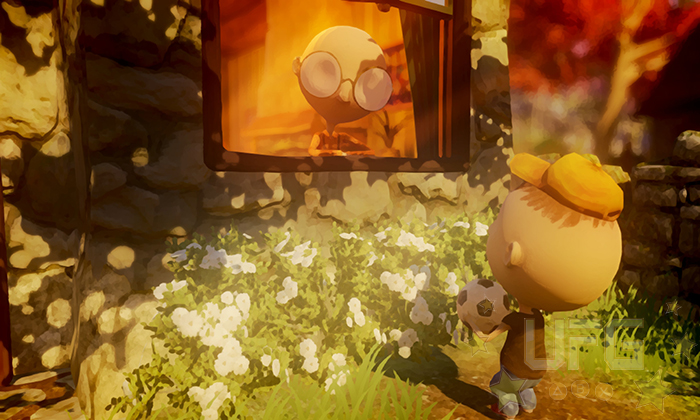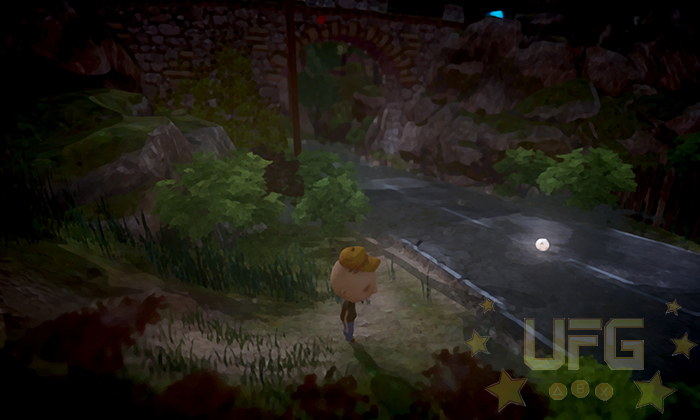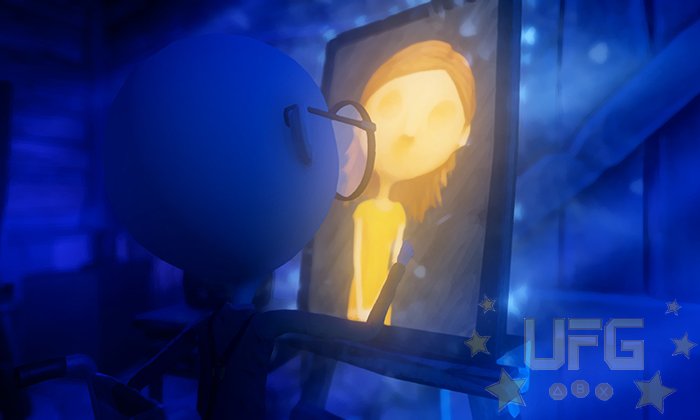Last Day of June
Evoking a strong emotional response from players is a tricky thing to accomplish in gaming. Sure, on a basic human level, witnessing something unpleasant in-game typically generates feelings of sadness. But if there is no real connection between the onscreen characters and the person behind the controls, a game’s most harrowing events can be rendered insignificant.
Of course, that doesn’t mean we shouldn’t champion a developer for trying to make players feel something. Video games can elicit more than just the basic emotions that govern what we’d consider entertaining; thrilling combat segments and so on. This is why I’m a bit torn on Ovosonico’s Last Day of June. Their ability to craft a deep and meaningful narrative is on par with some of the best in the business. Unfortunately, the overall impact of their story is diluted by certain design choices.
Last Day of June goes for the heart strings early on – a seemingly nice outing turns tragic as a couple makes their way home from a lake. Carl, the husband or boyfriend, is later seen mourning the loss of his partner June. What happens next sets the stage for the rest of the game. Somehow, Carl is granted the ability to rewind time and can change events by manipulating the memories of the people living in his home town. He feels that if he can change what happened before the accident, he can save June. From there Carl (and the player) enter into a “Groundhog Day” situation in which we relive the same day over and over again…
Though Carl stuck in this time loop, you aren’t necessarily stuck playing as Carl. In order to “fix” what happened to June, you’ll need to take control of multiple townsfolk at different points throughout the day. The idea is to change what each person does in respect to our main couple. A little boy playing with a ball might accidentally run out into the street after it. By changing where he spends his afternoon, he’s less likely to be in the path of an oncoming car. The catch is that changing his whereabouts may also affect the other characters. If he isn’t there at a given time, then someone might take his place. Interestingly, the changes in the environment made by a character remain changed, regardless of when they occur within the span of the day. So, say if I opened a door using a character’s key late in the day, then go back in time before that person came around, that door will still be open for other characters to use.
Obviously, I’m trying to be vague for a reason. Solving the puzzles surrounding each character’s activities during that day reveals more of the plot. Being too specific here could taint someone’s experience. What I can say is that not all of the backtracking works in the game’s favor. For one, it was hard to be really invested in the main couple. I didn’t know much about them before things went bad. There are background events that help to establish a connection in between levels but these are undone by the game’s repetitive nature; any impact of June’s death was lost because I was constantly witnessing the accident.
This emotionally disruptive repetition also bleeds into the puzzle solving. Because certain characters are needed to open closed paths, in order to get the right order of events, I had to play through the same scenarios multiple times. This of course was by design; some puzzles required a failed trial before being allowed to move forward. This meant after watching some of the same cutscenes over and over, I became more concerned with what I was doing than what it meant for the surviving characters, further severing any emotional connection I could have with them.
Ovosonico’s attempt at a heartfelt story is something to be admired. Their efforts can be seen in the all but voiceless cast. Even though each character is void of eyes and speech (they make sounds, but no tangible words), they are all perfectly capable of conveying how they’re feeling at any given moment. The debilitating sorrow felt after losing a loved one, the pain of unrequited love, a few fleeting moments of joy amid tragedy – all these emotions are made palpable by a charming group of characters. They help to push their individual narratives as well as the overarching plot along in convincing ways.
While this is all well and good, I do wish the more gamey aspects were designed better. My time wasn’t wasted as Last Day of June is certainly worth experiencing. The plot would have elicited more of an emotional response if there was less repetition though. Because of this, over time I became less concerned with the ramifications of my actions and the major story threads failed to invoke any meaningful emotions.
Gameplay:
8
The story has heart. That said, it’s overall impact is impeded by repetitive puzzle design.
Graphics:
9
The stop-motion/acrylic painting-like visuals are pretty cool.
Sound:
9
The soundtrack is great.
Replay Value:
2
There isn’t much reason to replay the campaign, beyond a few hidden memories.
Final Score:
7



